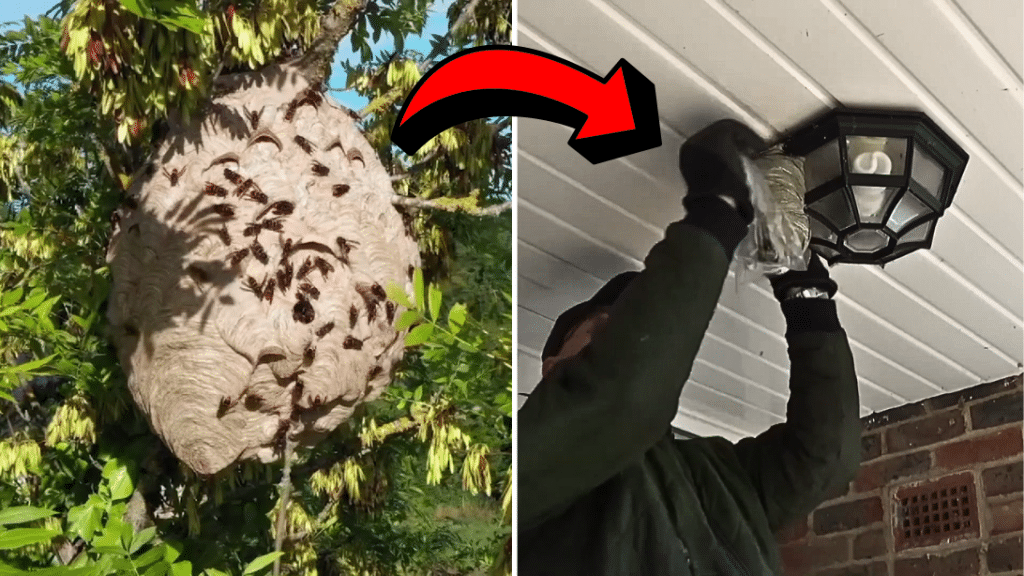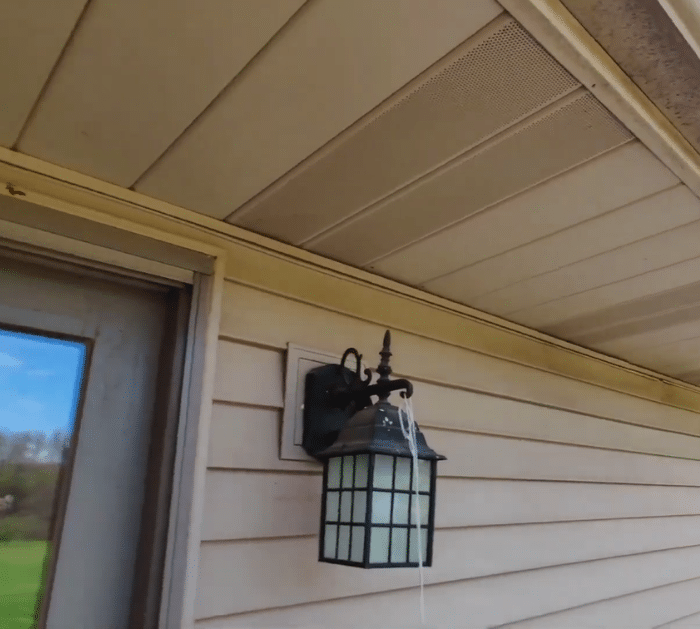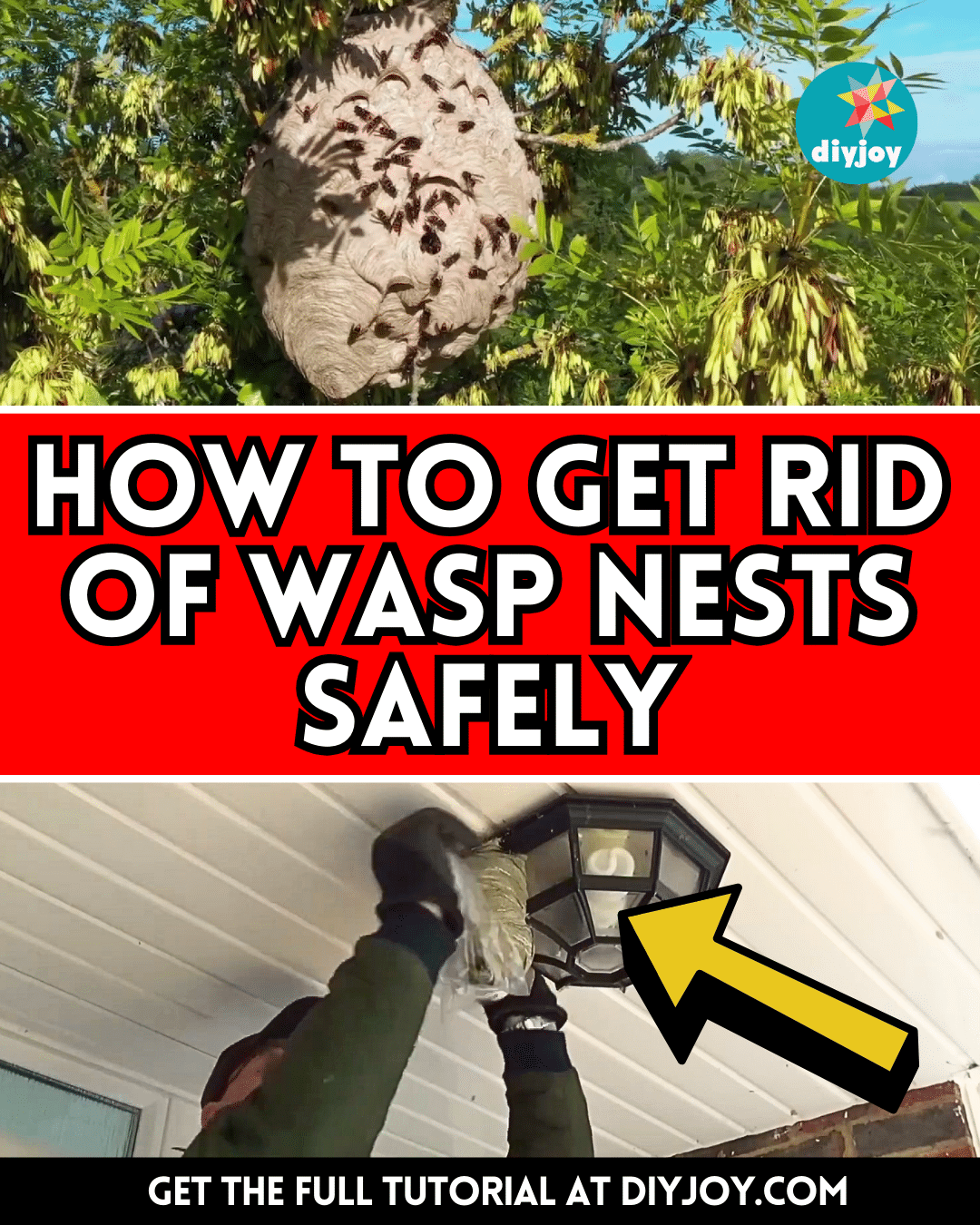
Wasps are harmful insects that give painful stings and if you notice a nest in your property, you have to deal with it as soon as possible to minimize the risk of stings. The best thing to do is to call up a professional because they have the right tools and proper methods of safely removing wasp nests. But, if you want to do it yourself, that is also possible as long as you take extra caution.
RELATED: How To Get Rid of Hornets, Yellow Jackets, and Wasps
Watch this video tutorial by How to House on YouTube and carefully exercise these guidelines while removing wasp nests. It’s also best to identify the species of wasps because they have distinct behaviors and nesting habits, doing this will help you determine the best approach to take and the level of caution required. Remember to prioritize your safety and well-being at all times and seek professional assistance if needed.
How to Get Rid of Wasp Nests Safely:

Plan Your Approach
Before attempting to remove the nest, it’s best to plan your approach carefully to minimize the risk of string and ensure a successful outcome. An early morning or late evening is often best and make sure to avoid rainy days.
Prepare Resources
If you’re unsure about tackling the removal yourself, consult with pest control professionals who have the expertise and equipment to handle the task safely. Prepare all of the clothing, tools, and other materials you’ll need for the task.
Wear Proper Clothing
Protect yourself from potential stings and minimize exposure by wearing thick clothing such as long sleeves, pants, gloves, and closed-toe shoes. Consider wearing a beekeeping veil or other protective headgear to shield your face and neck.
Use Commercial Insecticides
For small or accessible nests, use a commercial insecticide designed specifically for wasp control. Follow the manufacturer’s instructions carefully and ensure thorough coverage of the nest. It’s advisable to treat the nest during the evening when wasps are less active and more likely to be inside the nest.
Use Homemade Insecticides
For a more eco-friendly approach, mix an equal amount of dish soap and water in a spray bottle, then spray it directly onto the nest, it will suffocate the wasps and disrupt their ability to fly. Alternatively, dusting the nest with diatomaceous earth or peppermint oil can discourage wasps from returning.
Mechanical Removal
For nests located in accessible areas, mechanical removal can be an effective option. Use a long-handled tool such as a broom or rake to gently dislodge the nest and carefully lower it into a sealable bag or container. Make sure to do this very slowly to avoid agitating the wasps.
Disposal
Once the nest has been removed, seal it in a plastic bag or container to prevent any remaining wasps from escaping. Dispose of the nest in outdoor trash or bury it underground to prevent other pests from accessing it. Monitor the area where the nest was removed for signs of re-infestation.
Inspection
Inspect nearby structures and vegetation regularly, and take proactive measures to discourage wasps from rebuilding nests in the same location. Consider implementing deterrents such as decoy nests which can deter wasps from establishing new colonies nearby.

*All image credit belongs to How to House via YouTube. Follow and subscribe to their channel for more!





